WARNING! Do not adjust your connection. I have temporarily taken over Katie’s blog as a guest blogger (I’m Katie’s dad, Mike). For those readers used to Katie’s insightful, informative posts, I must warn you that this isn’t going to be one of them. Instead, I’m going to offer some insights and a light-hearted look at my recent trip to Nepal.
First off, I’m a time traveler. What’s that you say? Some sort of Dr. Who/Einsteinian relativistic thing going on? Nope. Nepal’s calendar is different. In Nepal, it’s the year 2074, so everyone there is way ahead of you. I highly recommend that you go to Nepal to see what hasn’t happened yet.
If you fly into Nepal, you have to land in Kathmandu, a city of about five million people, and equally large numbers of dogs, goats, cows, monkeys, and a few errant water buffalos. For someone living in rural New York, it’s a culture shock. Even Delhi didn’t seem this foreign to me. There are sooooo many scooters/cars/trucks/buses, and paved roads are kept to an absolute minimum. A dust mask is a must, and I highly recommend bringing more than one.
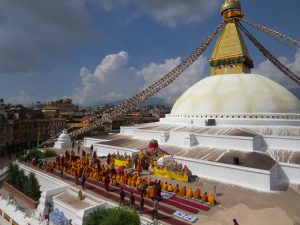 Kathmandu was OK, mainly because we stayed in a nice hotel (Hotel Yak and Yeti – recommended if you go there) and stuck to touristy things. We also came across a whole bunch of Buddhist monks in a part of Kathmandu known as Boudhanath—there’s a large Stupa there. After the monks setup, they seemed to be praying over/for a pile of soda and junk food. No one seemed to know why they were doing it, but they had chants/drums/horns all going on as they faced a mountain of sweets/chips. We watched for a while, but none of the monks made a mad dash for a KitKat bar, so we eventually left. Maybe it was their version of trick-or-treat.
Kathmandu was OK, mainly because we stayed in a nice hotel (Hotel Yak and Yeti – recommended if you go there) and stuck to touristy things. We also came across a whole bunch of Buddhist monks in a part of Kathmandu known as Boudhanath—there’s a large Stupa there. After the monks setup, they seemed to be praying over/for a pile of soda and junk food. No one seemed to know why they were doing it, but they had chants/drums/horns all going on as they faced a mountain of sweets/chips. We watched for a while, but none of the monks made a mad dash for a KitKat bar, so we eventually left. Maybe it was their version of trick-or-treat.
For me, though, Kathmandu is really more of a Kat-man-don’t, or a Kat-man-only-a-little-bit. It’s just too dusty and crowded to be enjoyable.
After Kathmandu, we went to Pokhara, a resort town along Fewa lake. Typical tourist town, but pleasant. We were blessed with stunning morning views; unfortunately, each day the clouds rolled in, and by mid-morning the majestic mountains were gone. Both of our hikes in Pokhara offered views of the clouds instead of the mountains.
We also went up to the Mustang region—Jomsom, Muktinath, Kagbeni. It was beautiful, with clean air and wonderful views. Muktinath is a sacred place for both Hindus and Buddhists, and we hiked up to the temple. Of course, since it’s at an altitude of over 11,000 feet, and there are lots of steps, Katie was strolling along and I was gasping for breath. The temple was great, and there’s a big Buddha statue a short distance away. Always go around these things clockwise. Seriously, it’s what you do. There are even signs telling you.
But to get up to Mustang, we drove.
The roads in Nepal are bad. Not just bad, they’re super duper bad. Katie and I took a ten-hour, back-breaking, butt-numbing, soul-crushing trip from Pokhara to Jomsom. It was incredible how bad the road conditions were. The roads are used to channel water run-off, and as a result, they can be quite muddy (it appears that asphalt is in short supply in Nepal). We got stuck in the mud three times, and each time we started sliding into the great abyss as the tires spun. Katie and I got out and let the driver deal with it. At one point when we were stuck, a bus also got stuck. People were throwing rocks, dirt, grass—whatever they could find—under the bus in an attempt to give it some traction. It was there where we were admonished by someone for getting out of the jeep, because “our weight would give it traction.” Umm…no thanks. Each time, our driver eventually got unstuck and drove up to where we had walked. Too bad there’s no AAA in Nepal.
Most of the roads in Nepal are not paved, nor filled with stone. Or graded, for that matter. After being used by buses, trucks, cars, and motorcycles, with rains and water runoff soaking various parts, the roads are left with deep ruts that shake you to the core as you move along. Top speed on the road from Pokhara to Jomsom was about 20 Km/hour (about 12 miles/hour).
Note: I could only take videos during the milder parts of the road (like above). Most of the time I was holding on with both hands…
A typical two-lane road is really about 1 ½ car width’s wide. Cars traveling toward each other perform an orchestrated game of chicken, each driver fully confident that the other one will swerve out of the way at precisely the right moment. Most of the time, both drivers move onto the shoulder (which is really just more unpaved dirt), leaving a gap so small it requires sophisticated military equipment to measure it. If there’s no shoulder, the approaching vehicles slow down, fold in their mirrors, and somehow do this rotating God-I-hope-they-don’t-slide-into-me maneuver. Many times, we were inches away from very big, very heavy trucks. After a while though, you look forward to those moments, because at least your neck isn’t getting snapped back-and-forth. Funny how your perspective changes.
And speaking of cars, Nepal has very strict emission control standards. Every vehicle is required to emit copious amounts of black smoke while moving, idling, and, preferably, while parked. Any vehicle not found to produce enough soot is immediately pulled over and given a ticket. If the problem isn’t corrected within 14 days (14.35 days using a Nepali watch), a team of twelve men, woman, children, and monkeys descend upon the offending vehicle, hammering, sawing, kicking, and screaming until it finally sputters into submission. Seriously, many times, Katie and I wore dust masks in the car, even though the windows were up and the A/C was on—it was that dusty/dirty.
In between all of the driving, I also visited Katie’s village. She lives in a very scenic area, and has beautiful mountain views. I had dinner (Dal Baht) with her host family, saw Katie’s room (functional but not anything luxurious), and had a great time. I’m proud of Katie – her students came up to her with big smiles when they saw her and were very pleased that she was there. Katie is representing our country much, much better than our current leadership. And she’s doing it with a smile on her face and the gratitude of her village.
From what I could tell, Katie is fluent in Nepali, carrying on conversations with anyone, and she’s an expert in negotiating taxi cab fares. For my part, I learned how to say namaste (hello/goodbye) and pardina (I don’t want—useful for street peddlers).
The hotel in Katie’s village is a place called the Famous Farm. I’m not sure what it’s famous for, but it offered good accommodations in a “rustic” environment. The biggest issue was the entry ways – they were all four-feet tall. I left part of my scalp there a few times. The stairs were so steep I needed a grappling hook to climb up, and there are no screens on the windows, so you can either risk something flying in or swelter in the heat. We chose swelter. They had Wi-Fi, but it was difficult to figure out exactly where to stand/sit/kneel to get a decent signal. I should have just looked to where a gaggle of kids were hanging out. The village kids were standing around a tree surfing away. Somehow, they figured out the Famous Farm’s incredibly difficult Wi-Fi password (it’s famousfarm, but don’t tell anyone. It’s a secret.) But it was all good, and at least they had cold beer.
Speaking of beer, I sampled two different kinds while I was there, Everest and Gorkha. Everest is a pale, somewhat bland beer. Kind of the Budweiser of Nepal beers. Gorkha was darker and had more flavor. It’s not quite good enough to be considered a craft beer, but it was certainly better than Everest. My recommendation—go Gorkha or go home.
And speaking of home, flying out of Nepal was as interesting as flying in. The airport was built in the 1950’s and I don’t think it’s changed too much. Except, surprisingly, the free Wi-Fi, which was fast and easy to connect to. If you’re going to be in the departure terminal for a while, you may be tempted to go to the bathroom. Don’t. I made that mistake and I’m still disinfecting myself. You know how when you go into some public restrooms they have a sheet filled out every hour when it was cleaned? At the Kathmandu airport, they have a bronze plaque proudly stating “This bathroom was cleaned in 1955.” Seriously, if you think you may need to use the restroom while you’re there, I have two words: Adult diapers.
All in all, I had a great time in Nepal. The best part was being with my daughter. We had great views, learned a thing or two, but mostly hung out and enjoyed the simple pleasures of life. Really, what more could you ask for?
Oh, remember when I told you about being a time traveler? Well, for those of you worried about what lies ahead, you can relax. Everything looks great. Trust me. I’m from the future.
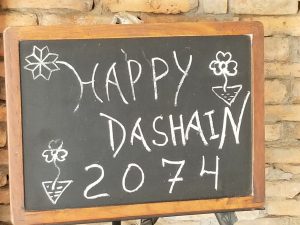
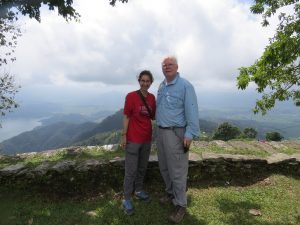
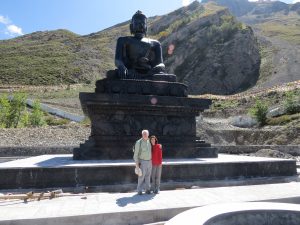
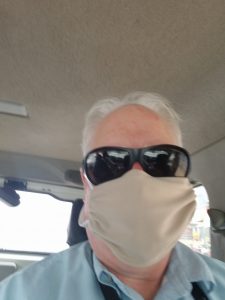
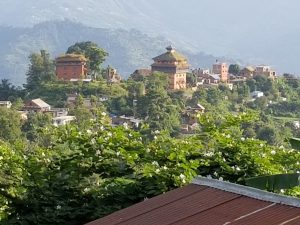
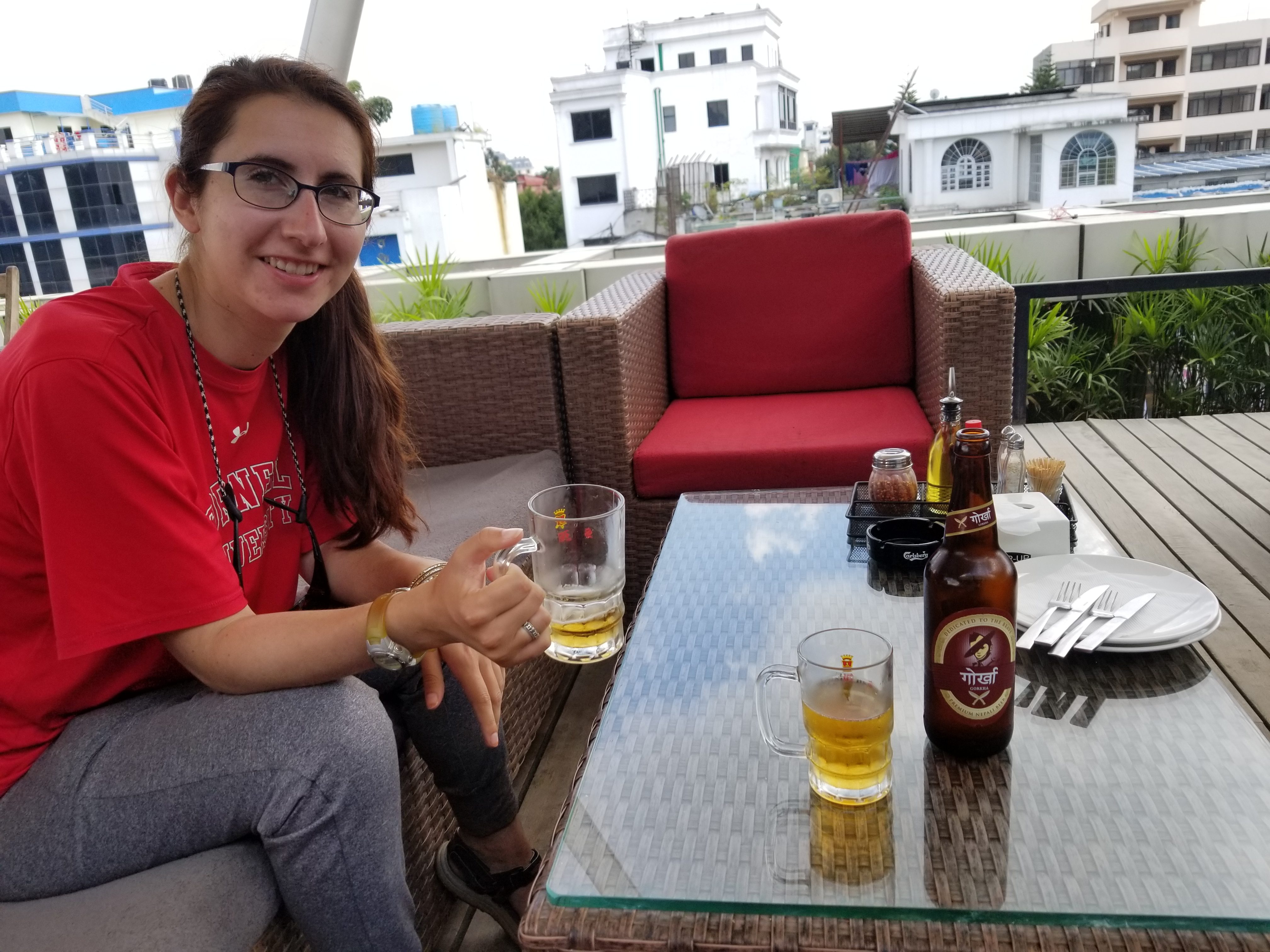
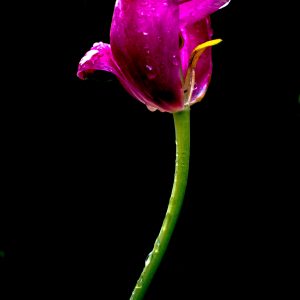
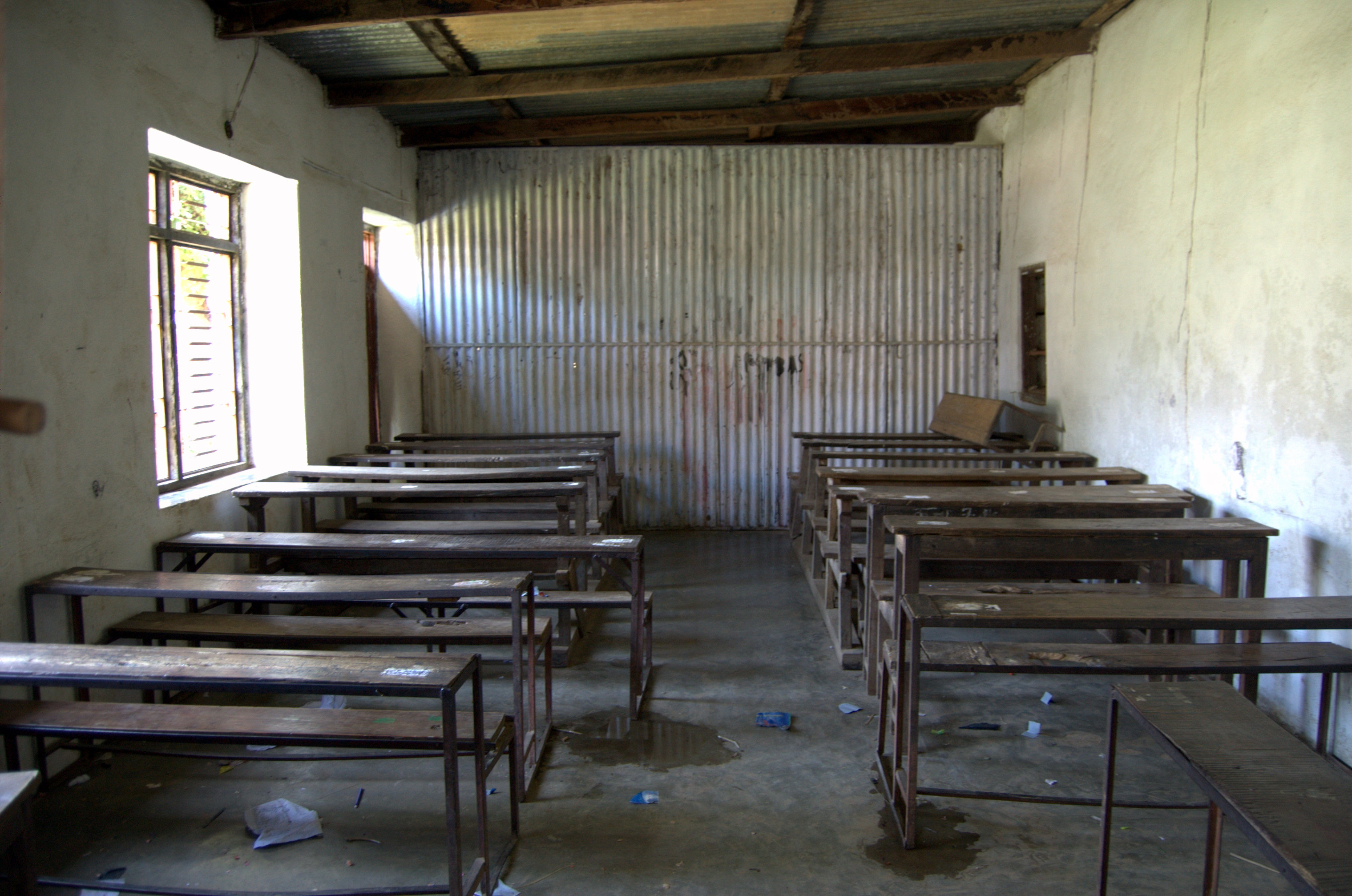
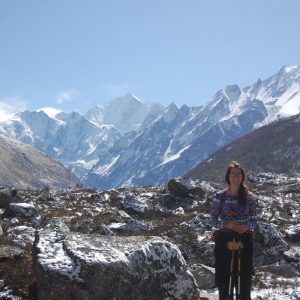
Leave a Reply